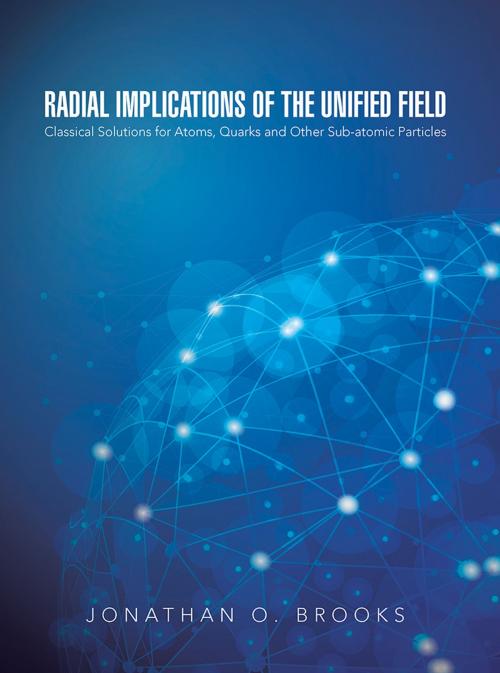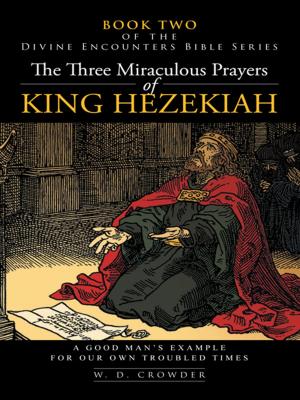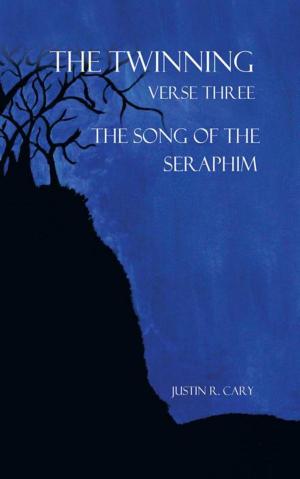Radial Implications of the Unified Field
Classical Solutions for Atoms, Quarks and Other Sub-Atomic Particles
Nonfiction, Science & Nature, Science, Physics, Electromagnetism, Mathematical Physics, Quantum Theory| Author: | Jonathan O. Brooks | ISBN: | 9781491775363 |
| Publisher: | iUniverse | Publication: | October 9, 2015 |
| Imprint: | iUniverse | Language: | English |
| Author: | Jonathan O. Brooks |
| ISBN: | 9781491775363 |
| Publisher: | iUniverse |
| Publication: | October 9, 2015 |
| Imprint: | iUniverse |
| Language: | English |
If you use quantum mechanics, teach quantum mechanics, or study chemistry, physics, or mathematics at any level youll be fascinated by the classical discoveries that are revealed in Radial Implications of the Unified Field.
My book, Radial Implications of the Unified Field, was inspired by an equation that I derived for the separation of two similar steroidal materials by solvent extraction over fifty years ago. I defined a variable alpha that must always be less than unity. This variable a, which varies as the ratio (N-35) to (N-28), so that when N increases then a approaches unity. From this I derived for the radius, a new variable set, R = -10 a Ln (a) divided by Square root of (N+6). This defines the solution sets of orbital matrices which apply to all of the elements. A variable r in the Associated Legendre Equation, another source, which was supposedly a radius of the Schrdinger equation had to be divided into my variable in a to obtain all true radii. I first used it to find the .529 that replicates the radius of hydrogen. Because time evolution was zero I converted the vector Laplacian to the Poisson electron density. The Unified Field was inherent in the Rydberg equation; but not using kilogram test particles. You must use unit electron masses.
If you use quantum mechanics, teach quantum mechanics, or study chemistry, physics, or mathematics at any level youll be fascinated by the classical discoveries that are revealed in Radial Implications of the Unified Field.
My book, Radial Implications of the Unified Field, was inspired by an equation that I derived for the separation of two similar steroidal materials by solvent extraction over fifty years ago. I defined a variable alpha that must always be less than unity. This variable a, which varies as the ratio (N-35) to (N-28), so that when N increases then a approaches unity. From this I derived for the radius, a new variable set, R = -10 a Ln (a) divided by Square root of (N+6). This defines the solution sets of orbital matrices which apply to all of the elements. A variable r in the Associated Legendre Equation, another source, which was supposedly a radius of the Schrdinger equation had to be divided into my variable in a to obtain all true radii. I first used it to find the .529 that replicates the radius of hydrogen. Because time evolution was zero I converted the vector Laplacian to the Poisson electron density. The Unified Field was inherent in the Rydberg equation; but not using kilogram test particles. You must use unit electron masses.















